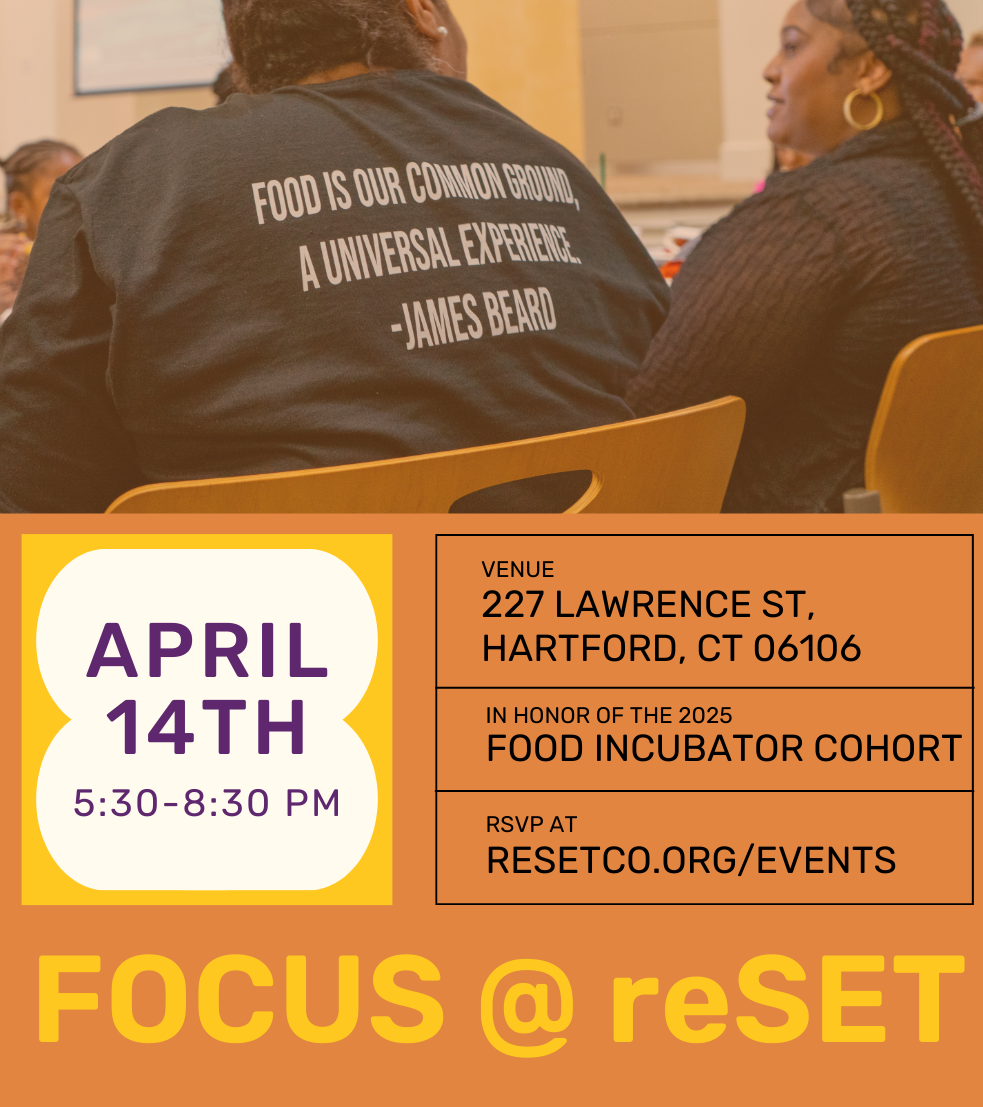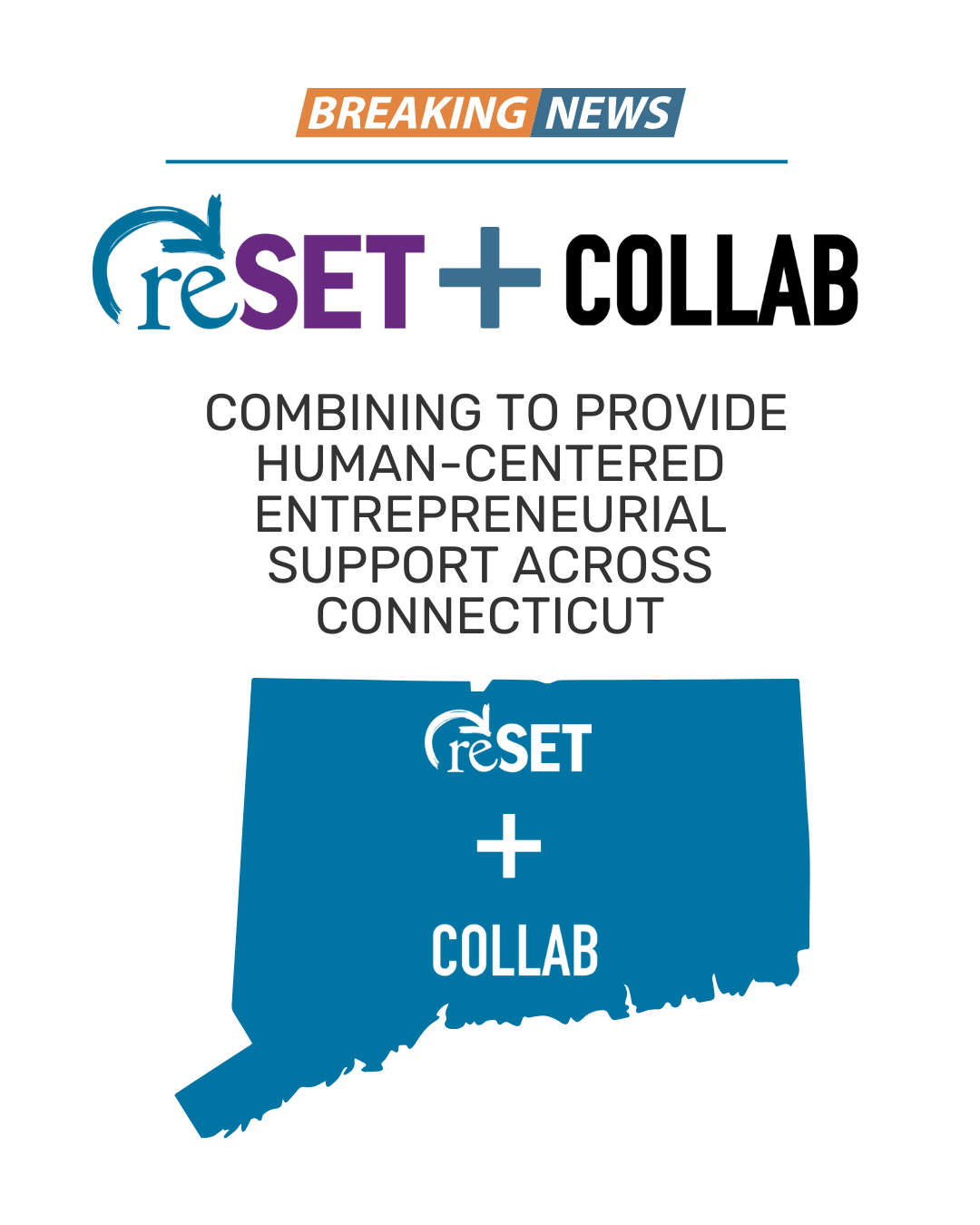ull Hartford Courant coverage and related content, please click here.
Tim Courtney, 35, is among Hartford’s ranks of bicycle travelers. The LEGO employee advocates for “complete street” renovations and other multimodal transit improvements. (Dan Haar | Hartford Magazine)
BY DAN HAAR
Tim Courtney, a Hartford resident in the historic Colt complex, enjoys a lifestyle perk that’s rare anyplace, especially in cities.
Courtney can walk from his apartment to Brainard Airport, where he rents a plane as a recreational pilot — all within an easy shot of downtown.
“That feels awesome,” said Courtney, 35, who works on the digital side of things at LEGO in Enfield. “That’s one of the reasons I chose to live where I live.”
Courtney moved to Connecticut from Chicago for the LEGO job in 2013. Flying machines aside, his transportation passion these days is bicycles — not just for exercise and recreation, but as a primary way to get around. He’d like to see redesigned roads with all types of users in mind.
On that score, central Connecticut earns decidedly lower marks even as other American cities move faster toward the European ideal.
In Europe, Courtney said, “People feel safe riding a bike down the street… You don’t have to worry about being hit by a car. They actually have whole lanes for bikes.”
And on the subject of transit, he added, “I really wish that I could take a train to my office… If I didn’t have to drive to work, I could get by without a car.”
As central Connecticut works toward a crucial goal of attracting and keeping many more young, urban, professional, creative millennials, Courtney’s mixed view seems typical. People see needs that align with their interests, whether the lens is arts and entertainment, technology innovation, neighborhood development, fun events, employment or, as Courtney sees it, transit.
Mike Morin of Cambridge, Mass., originally from South Windsor, enjoys a brew at Hog River Brewing Co. on Bartholomew Avenue in Hartford on a Saturday afternoon and plays What Do You Meme? with friends, including Emile Dube of Winsted. (Jon Olson | Special to Hartford Magazine)
Metro Hartford — from downtown to the city neighborhoods to the surrounding towns — has made strides in all of those areas. The region boasts some built-in advantages over other midsize cities, many young people and established leaders say. One of those advantages, ironically, is an easier lifestyle than larger cities demand.
But central Connecticut has a long way to go before it’s a millennial magnet.
Arien Wilkerson, a 25-year-old dancer-choreographer from the North End of Hartford, who took his dance company to Philadelphia for a series of shows in June, says central Connecticut needs to support young, local artists much more than it does.
Ojala Naeem, who runs the reSET start-up incubator in Hartford’s Parkville neighborhood that’s dedicated to nurturing social enterprise, says Connecticut must do much more for innovative entrepreneurs. And she said the region should build from the bottom up, rather than the top-down method of waiting for giant employers and powerful executives to act.
“We don’t have to be the transient city that we often are for companies and young professionals,” Naeem said in an email. “We just need to adequately recognize worthy enterprises and support them with favorable legislation. The more we do this now, the more likely they’ll be to stay when they scale.”
Matt Dodge, a 2016 UConn graduate working at a Big-4 accounting firm in downtown Hartford, just signed a 12-month lease in West Hartford. But he can’t say whether he’ll stay in the area after that or move to New York, where both of his brothers live. The job is great and many of his friends are nearby, but he said, “The whole culture of the downtown area I feel like it doesn’t have a draw for me.”
There is no single, pressing need. Some people, like Courtney, Naeem and Wilkerson look for more support in the realms they care most about, whether it’s traffic enforcement by the police or more incentives for private investment or a broader dedication to local arts.
Others, like Dodge and a handful of his friends at a sold-out Yard Goats baseball game with on a beautiful August night, say the answer is more of what the region is building — restaurants, night life, riverfront activities, downtown apartments and the general sense of the walkable urban vibrancy that’s so hard to define.
Javier Johnson, 32, an aerothermal engineer at Pratt & Whitney, and Janixia Reyes, 31, university relations consultant at Travelers, both of East Hartford, dance at Connecticut Swing Dance Society’s weekly Hartford Underground event at the Polish National Home. Johnson is president of the society. (Brad Horrigan | Hartford Magazine)
To Suzanne Hopgood, chairwoman of the Capital Region Development Authority and longtime downtown dweller, the unifying need is a critical mass of energy.
“People want to be where there’s activity, and I don’t care who you are,” Hopgood said. “When you have to wait in line to get into a restaurant, you want to go back.”
Hopgood is the biggest champion of a rebuilt XL Center, a $250 million project that has yet to be approved. The ancient arena attracts 600,000 people a year to downtown events. “In my opinion that’s irreplaceable,” Hopgood said.
Courtney, acknowledging he’s only been in town for four years, sees that a sustained belief in Hartford requires a lot of “staying power.”
“The fabric that holds it all together has a lot of frayed edges to it,” he said. “I see the seeds being planted. I think in five years it’s going to be fantastic.”
That sprouting had better happen fast, as the economic crisis of constant fiscal shortfalls and slow job growth remains today’s reality. Metro Hartford is one of the few regions that have lost population over the past few years. A big part of that, according to U.S. Census data, is the exodus of young adults.
Sumanth Pottim, who lives and works in downtown Hartford and works at Aetna, sips coffee at Blue State Coffee on Main Street on a Saturday morning and catches up on some work on his laptop. He says he enjoys the growing number of coffee shops in town. (Jon Olson | Special to Hartford Magazine)
Employers, of course, pay close attention to that demographic — especially the fast-moving, growing companies that feed on youthful, creative energy, along with large corporations. Aetna’s decision to move its headquarters and open a digital development operation in Manhattan’s Chelsea neighborhood was a blow. United Technologies’ expansion of Pratt & Whitney engineering and of corporate research in East Hartford was a victory.
The quest for millennial energy explains why a broke state just spent $140 million building the downtown Hartford UConn campus, which, with no dedicated housing and most of the students not living downtown, is a small if important piece of the puzzle.
One of the region’s great advantages is its ease of living. Metro Hartford offers uncrowded cultural events and lacks traffic congestion (don’t even start if you think we have bad traffic). It has plenty of open space and people who live here can head for the bucolic hills and sunny shorelines with little hassle. Housing and entertainment also cost way less here than in bigger cities on the coasts.
That’s the powerful irony of central Connecticut: In order to grow into a larger, vibrant urban area with more young professionals and the companies that want them, metro Hartford must use its appeal as a place that is not what it’s trying to become.
Nick Shamp and Will Rosedale illustrate that irony perfectly. Shamp, 24, and Rosedale, 25, spoke with me during a brief downpour at a Caribbean festival on the Connecticut River in downtown recently. With two leashed dogs in tow, they were scouting the capital city for an apartment.
“From what we’ve been hearing it’s a very young crowd here,” said Shamp, a physics teacher at North Branford High School, where he graduated not many years ago. “Wandering around, walking around, I like the feel.”
For Shamp and Rosedale, who works in human resources at Amazon in Windsor, the move from their respective parents’ houses was not just about a big-city lifestyle. They could have easily moved to Brooklyn or Boston.
“It’s like a small town with tall buildings,” Shamp said, quoting a friend’s portrayal of Hartford. “I like the fact that the place dies at night.”
Whoa! Dead at night? That’s not a point Hartford wants to sell. And it’s less and less true as the downtown population inches toward a critical mass of 5,000 apartment-dwelling downtown residents, enough to support services such as a large supermarket, which so many people covet. The city is more than halfway to that number.
It’s a matter of balance. “We looked in Rocky Hill. We also looked in Middletown,” Rosedale said. “I want to live in an apartment building, not an apartment complex.”
What would he like to see? “More restaurants and a little bit more nightlife type of stuff, but not so much that it’s overwhelming.”
The region also needs to overcome and reverse a negative view in the national media. The capital city’s streets will never come alive as they do in Brooklyn, Boston, D.C. or Chicago, but that’s a bit of an unfair comparison.
WNPR radio host and Courant columnist Colin McEnroe suggests that everyone do something, or build something, or start something, toward what they want to see. It’s building from the bottom up, as Naeem at reSET said.
For Courtney, that means joining the small but active “complete streets” movement, a community pushing for transit and road changes. He sees it as part of a whole.
“I’ve very quickly been able to meet people across the spectrum who are civic-minded,” he said. “I think innovation culture is coming along.”








